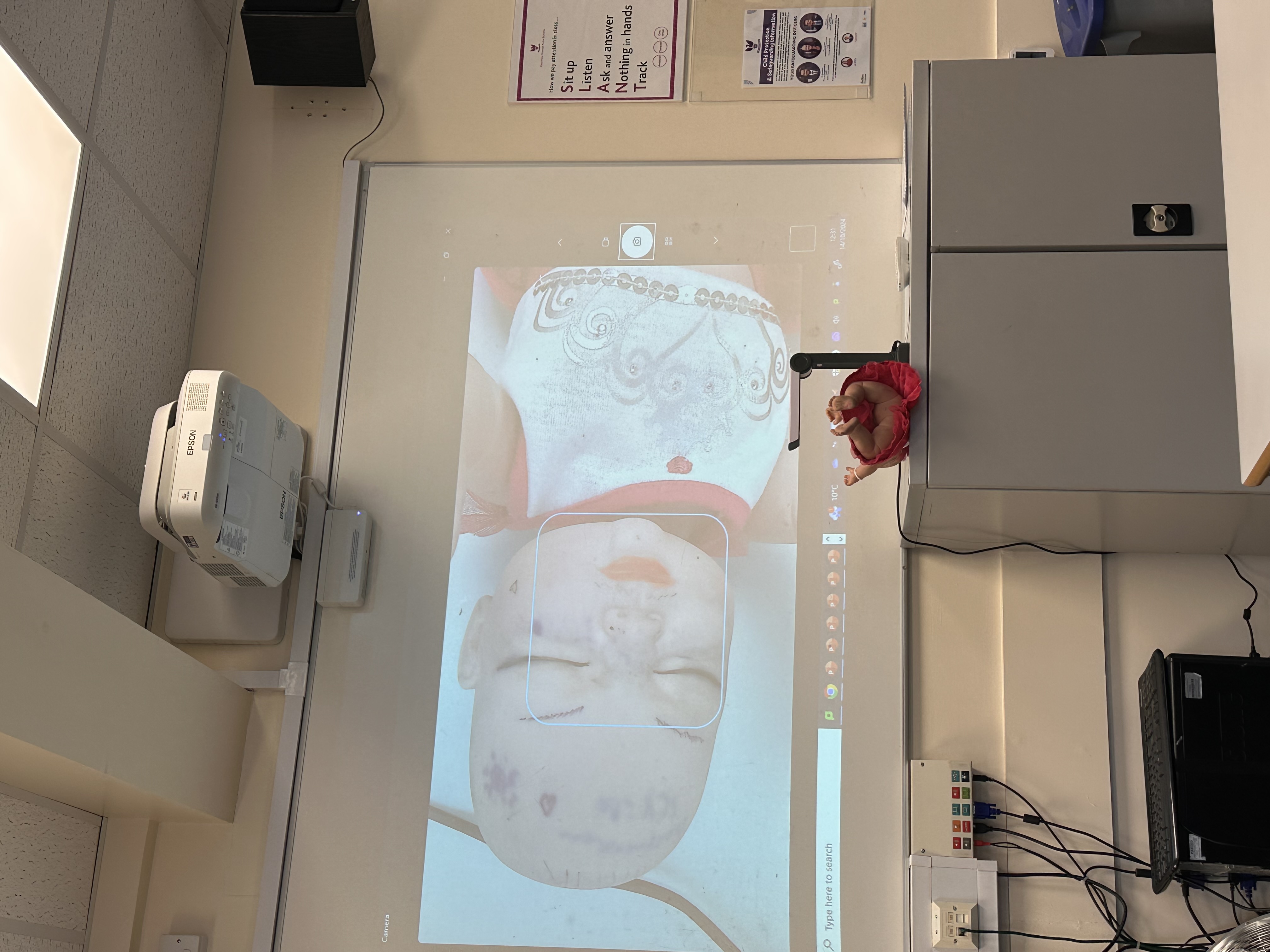The nervous system
Cards (12)
- the nervous system
- Functions of the nervous system - sensory neurons
- Functions of the nervous system - relay neurons
- Functions of the nervous system - Motor neurons and reflex response
- The role of the central nervous system and the brain
- The role of the central nervous system - spinal cord
- The peripheral nervous system
- The autonomic divisions
- The Somatic division
- Two similarities between autonomic and somatic NS
- 2 differences between the somatic and autonomic divisions of the NS
- Difference in the autonomic and somatic divisions - carry commands from
